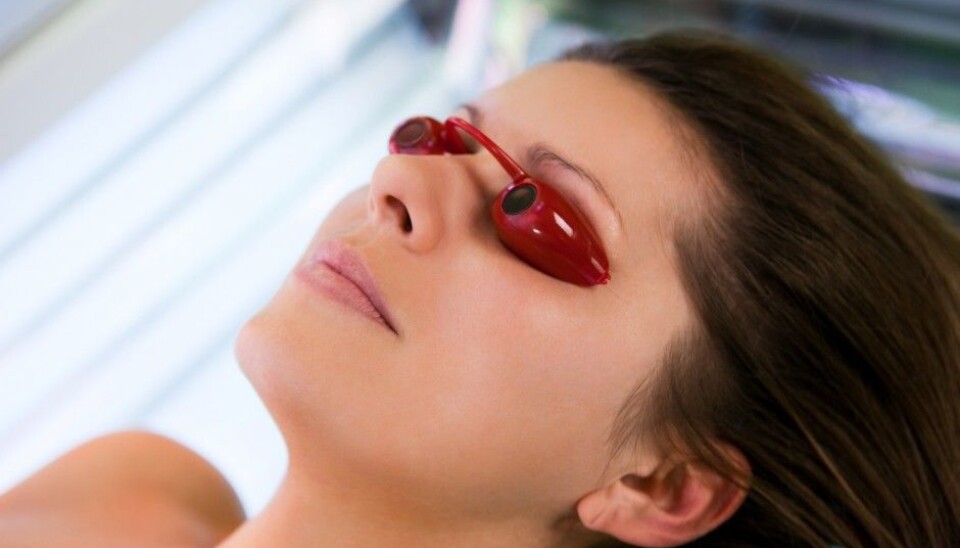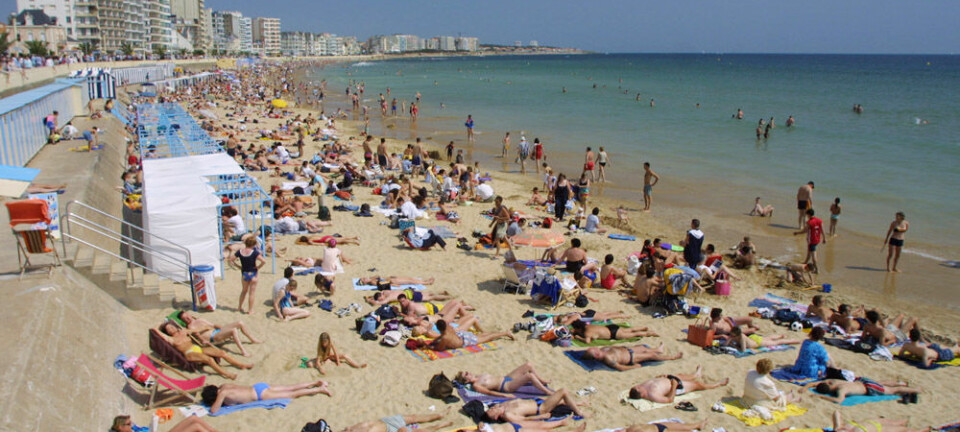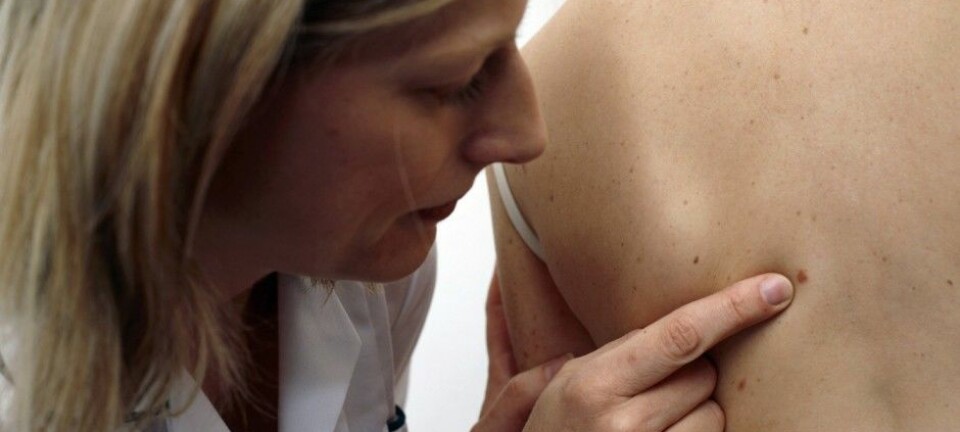
Young women risk melanoma from indoor tanning
Persons who engage in indoor tanning before the age of 30 are raising their risk of contracting melanoma skin cancers.
The risk of melanoma increases the more a person uses a sunbed.
Another risk factor is a person’s age when they start using the tanning equipment.
Norwegian researchers have found out that a person runs a larger risk of malignant melanoma when she or he starts indoor tanning before the age of 30.
Researchers asked women over the age of 34 about their use of sunbeds earlier in life.
Health hazard
Previous research has shown that younger persons engaged in indoor tanning are running a greater risk of skin cancer.
For instance, an Australian study showed the risk of melanoma prior to the age of 30 is six times higher if a person has engaged in indoor tanning more than ten times, compared with a person who has never done so, relates the Norwegian Cancer Society.
This was one of the reasons why in 2012 Norwegian authorities set an age limit of at least 18 for persons using sunbeds.
“We need to react when the use of indoor tanning mounts among young people,” said then Minister of Health Anne-Grete Strøm-Erichsen on the Government’s web pages.
Now, as of 1 January, indoor tanning salons in Norway are required to initiate systems for ensuring that no one under the age of 18 uses their sunbeds.
Long follow-up
Many of the studies of links between young persons’ use of sunbeds and cancer have been small and have not followed up a cohort over a long time, according to the researchers behind the study.
This cannot be said about their study. They have followed over 140,000 Norwegian women for nearly 14 years on average, from 1991 to 2012. None of them had cancer diagnoses prior to being included in the study, enabling the researchers quantify the order of things: first the sunbeds and then prospectively the cancer.
Some 70 percent had engaged in indoor tanning but most had only done so a few times. About 20 percent had started before the age of 30 but the share of users was higher among those who were born earlier, as it became more common to use sunbeds.
A total of 861 women in the study contracted melanoma.
Those who had started using the sunbeds before the age of 30 ran higher risks of melanoma later in life. They also were diagnosed with the cancer two years earlier in life on average than ones who started later.
The women who had over 30 sessions of indoor tanning ran a 32 percent higher risk of cancer. Those who tanned themselves the most, more than the equivalent of once a week for ten years, ran 50 percent higher risks.
The researchers checked to ensure that the differences in the groups could not be linked to other factors such as skin tone, place of residence and numbers of vacations in sunnier climates.
Are the young more vulnerable?
The researchers determined through results from numerous studies that UVA radiation, which triggers the release of skin pigments, is 3.5 times as strong in an indoor sunbed as the summer sun exposure is in Oslo.
The researchers do not know why younger persons run a higher risk from sunbeds than older persons. Many think it is simply because all in all a person receives more radiation in life when he or she starts using indoor tanning equipment earlier.
But the Australian study that attempted to get to the bottom of this found that the number of sunbed sessions could not explain the difference.
The new Norwegian study points out that younger persons can be more vulnerable to harmful radiation.
Breaking the age limit
In Norway just about one girl or young woman in three aged 15 to 24 uses sunbeds, reveals a study last year made by TNS Gallup for the Norwegian Cancer Society. But their share of indoor tanners is diminishing. Sunbeds seem to be slipping out of fashion.
Among boys and men in the same age group only two out of ten say they have used sunbeds in the past year. Even though the 18-year age limit went into force on 1 June 2012, eight out ten young persons say they were under 18 the first time they tried indoor tanning.
Until now those who run tanning salons have not had responsibility for checking the ages of their customers. Ban on sunbeds under consideration Norway is second in the world after New Zealand in incidences of malignant melanomas.
The Norwegian Institute of Public Health informs that 300 Norwegians die of this skin cancer annually. Every year about 1,550 new cases of melanoma are diagnosed. The frequency was eight times as high in 2012 as in 1953. Melanoma is now one of the most common types of cancer in Norway.
A group of experts at the Norwegian Institute of Public Health are evaluating whether the authorities should ban indoor tanning salons altogether. Sunbeds undoubtedly raise the risk of cancer but this risk is also partly genetic. Certain genes give a higher risk of cancer dependent on skin types and the number of moles a person has.
Melanoma is the result of both genetic and external factors, such as how much solar radiation a person’s skin is subjected to. UV radiation from the sun damages the DNA in skin cells.
-------------------------------------
Read the Norwegian version of this article at forskning.no
Translated by: Glenn Ostling
































